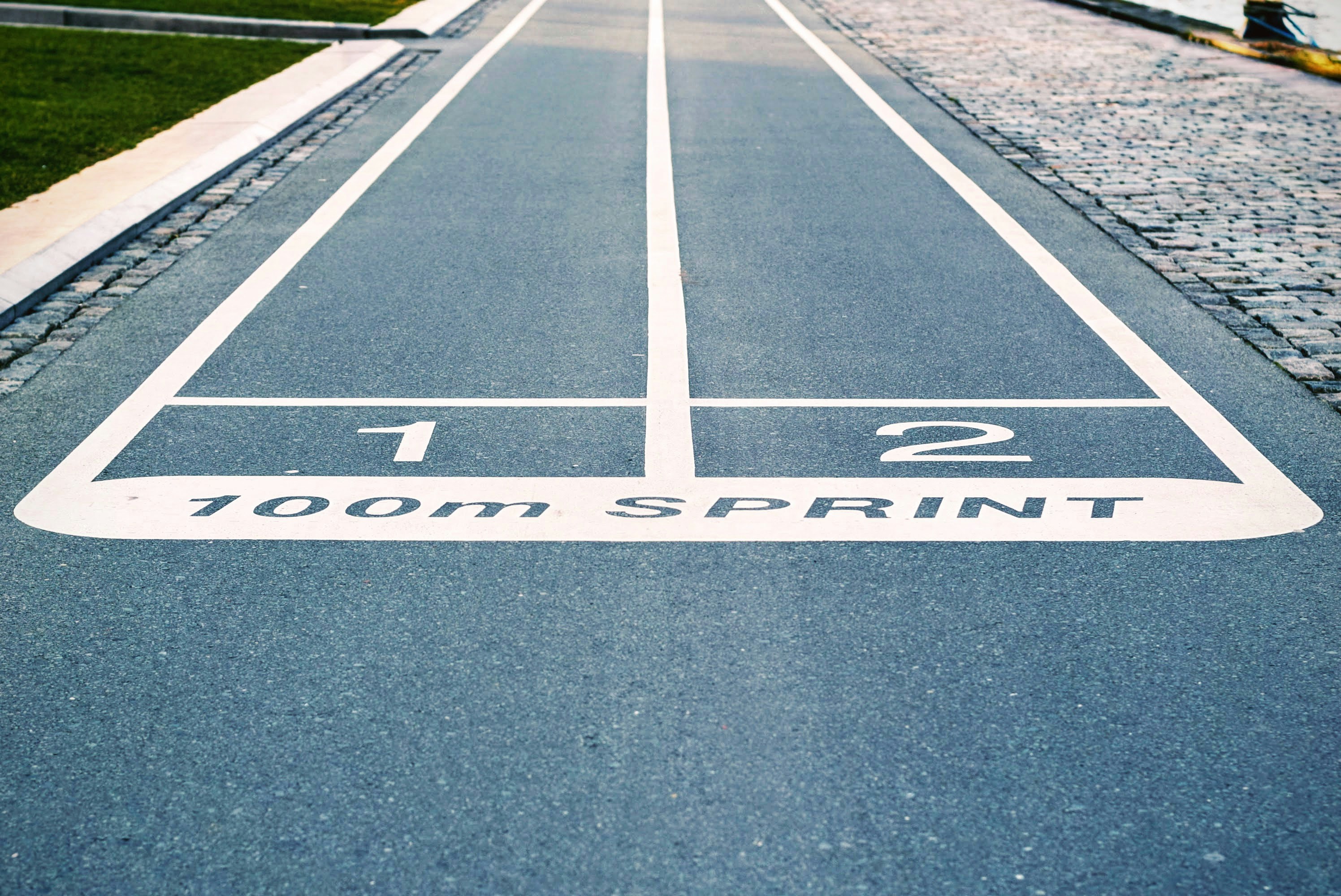Chasing Speed: Decoding the Science of Sprinting
Speed is a critical element across many sports, and sprinting is its purest expression. But what lies behind the blindingly rapid strides of the world's fastest athletes? This article delves into the fascinating science of sprinting, revealing the complex interplay of biomechanics, physiology, and psychology that propels elite sprinters to incredible velocities. Read below to learn more about this captivating aspect of human performance.
The Biomechanics of Sprinting
The human body is a marvel of biomechanical engineering, and nowhere is this more evident than in sprinting. The explosive power of a sprinter’s start, the efficient stride mechanics, and the ability to maintain high speeds, all hinge on the intricate interaction of muscles, bones, and tendons. Elite sprinters have a unique combination of strength, flexibility, and coordination that allows them to maximize their stride length and frequency, crucial components of sprinting speed.
The Role of Physiology
Sprinting is a high-intensity, anaerobic activity that demands a lot from the body’s energy systems. The muscles’ ability to rapidly generate force relies heavily on the anaerobic glycolysis and phosphagen systems, which provide instant energy but fatigue quickly. This is why sprinters are typically muscular; their bodies have adapted to storing and using energy rapidly and efficiently. Furthermore, a sprinter’s cardiovascular system must be fine-tuned to deliver oxygen and remove waste products swiftly, facilitating rapid recovery between efforts.
The Psychological Dimension
The mind plays a pivotal role in sprinting performance. Psychological factors like focus, determination, resilience, and the ability to manage stress and pain can significantly impact an athlete’s speed. Elite sprinters often use various mental training techniques, such as visualization and positive self-talk, to enhance their performance. This mental fortitude is just as vital as physical prowess in the quest for speed.
Nutrition and Recovery
Nutrition plays a key role in a sprinter’s performance and recovery. A diet high in protein supports muscle recovery and growth, while carbohydrates provide the energy needed for intense training and competition. Furthermore, adequate hydration, rest, and sleep are vital for optimal performance and injury prevention. In essence, sprinting is as much about what happens off the track as on it.
Training for Speed
Specific training techniques can enhance sprinting speed. These include strength and power training, plyometrics, speed drills, and flexibility exercises. Furthermore, sprinters routinely work on their running technique, focusing on aspects like the start, acceleration phase, and maintaining top speed. The goal is to create a more efficient, powerful, and resilient athlete who can push the boundaries of human speed.
Useful Tips and Facts: - Sprinting recruits both fast-twitch and slow-twitch muscle fibers, but fast-twitch fibers, which contract quickly and powerfully, play a dominant role. - Sprinters often have a higher proportion of fast-twitch fibers, which is partly genetic. - Top sprinters can reach speeds of over 27 mph (43.5 km/h). - Proper footwear can enhance a sprinter’s performance by improving traction and reducing the risk of injury.
In conclusion, sprinting is a complex sport that involves a delicate balance of biomechanics, physiology, and psychology. By understanding and applying the science of sprinting, athletes can push their limits, enhance their performance, and perhaps even redefine what’s possible in the realm of human speed.





